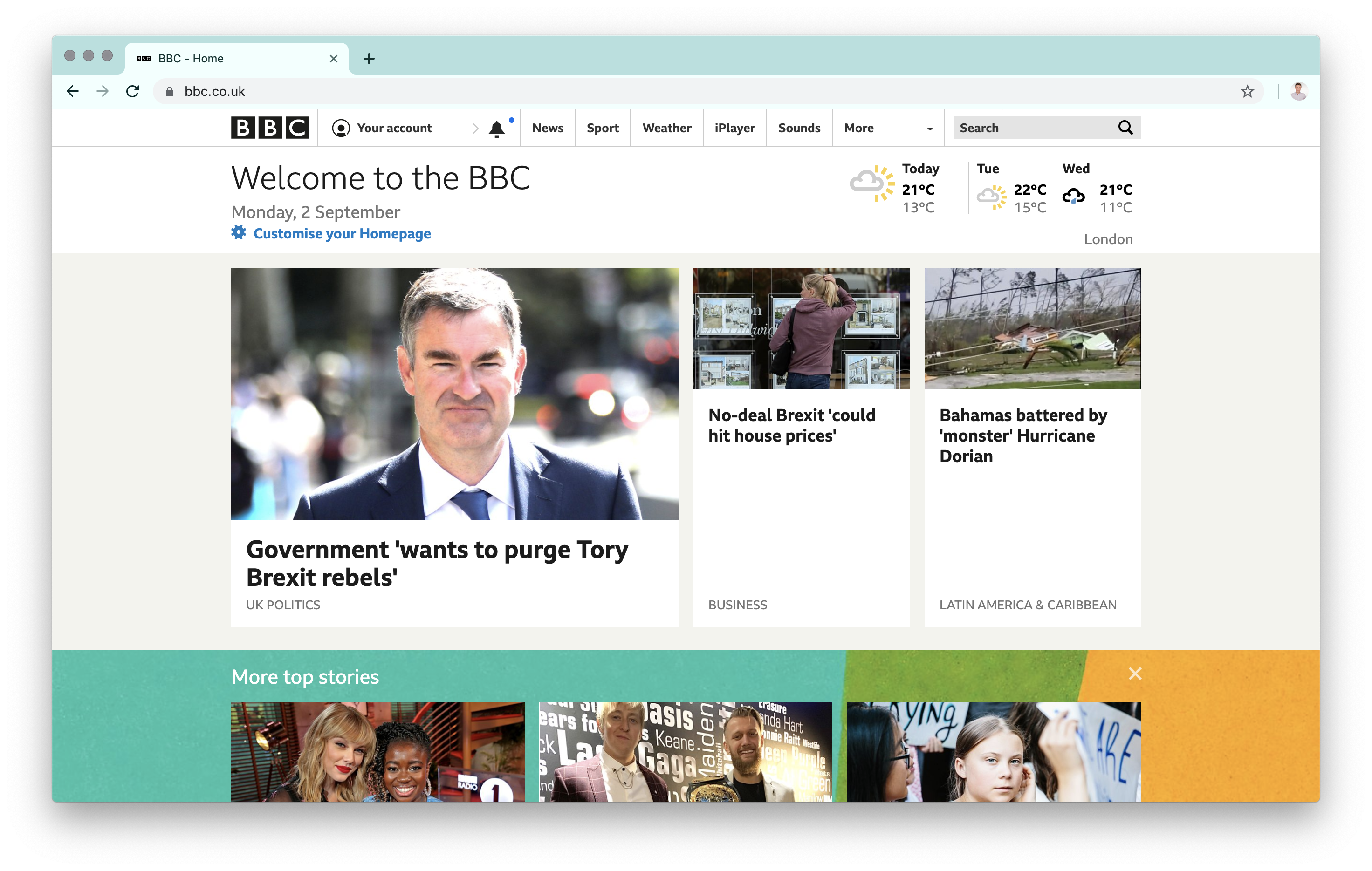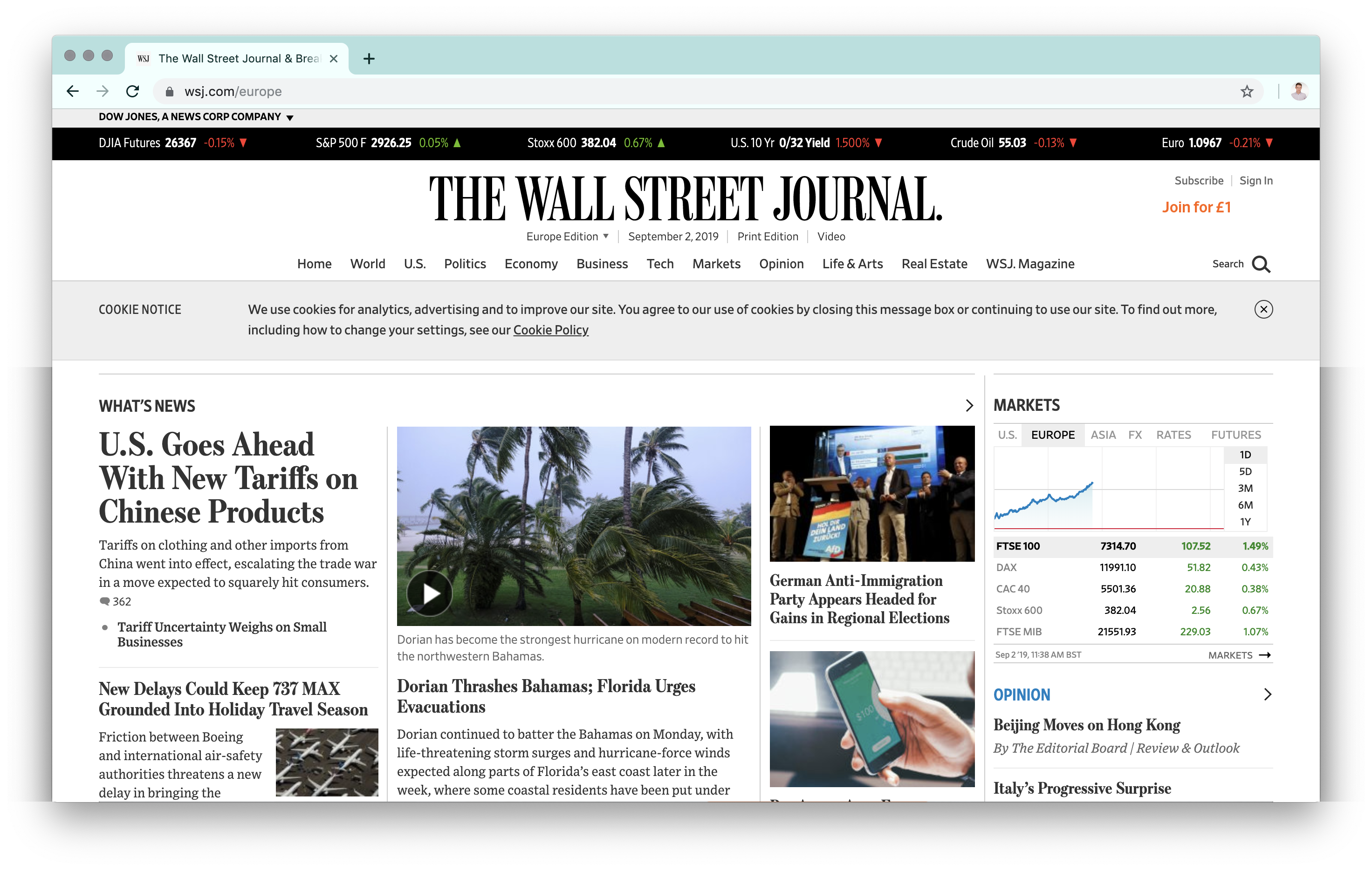Tailored online experiences that reflect relationship-dependent brands
Part 2: Tailored content: personalization vs customization
January 23, 2020 • 4 minute read

This is part two in a four-part series exploring how relationship-dependent brands need to tailor their customers’ online experiences as they would in “real life”. During the four parts, we explore trends of content customization, live chat and chatbots, as well as methods of disseminating content to provide more personalized, meaningful experiences for clients on digital platforms.
Beginning our series by looking at how businesses are providing tailored digital experiences for clients that equate to real-life client relationship management, we start with ideas and examples of personalization and customization of online content.
. . .
Aligning these offline and online experiences isn’t difficult. There are a number of simple and more complex tactics that can be used, which can usually be categorized into two types of experience tailoring: personalization and customization. Both have their merits, but each play to different audiences and strengthen different brand values. Nielsen Norman Group has conducted more in-depth research around customization vs personalization in the user experience. Their findings highlight when and where the different ways to tailor content are more useful. But to begin, let’s explore the difference between the two and begin to identify which could be most valuable to your brand experience.
- Personalization is data-driven – content the user sees is changed based on known or anticipated information
- Customization is user-driven – users are given the capability to choose preferences themselves
. . .
Personalization of a website home page, for example, relies on data or information to recognize a returning visitor. Their previous on-site browsing history or journey can be used to anticipate potential requirements upon returning. Online retailers often use this tactic, using previously browsed items to provide a ‘pick up where you left off’ option. News publications are another good example, illustrated in more detail below. Personalized online experiences are gaining more attention than ever before – becoming a priority for marketers in many segments.
There are a number of compliance and privacy factors to consider in this method, but ensuring you clearly articulate what data you store and use – and why this data ensures a better experience for the user – prevents any negativity around personal data.

Fig 1. BBC home page allows users to set their location and interests, in order to serve customized content
. . .
Customization, however, relies on active visitor engagement. They must willingly give simple details or choose what they’d like to see. It’s less behind-the-scenes than personalization – there’s no hidden tracking that anticipates anything. However it does require slightly more effort on the user’s part. Common mechanisms for customizing a website home page, for example, include a user log-in function or an anonymous ’remember my preferences’ capability. Again often seen on news publication sites, as illustrated below, the user must set their interests or reasons for visiting the site, in the knowledge that subsequent visits will be better tailored for their requirements.
Rather than relying on stored data, this method helps acquire user data that can be used for future communications – again ensuring messages around its storage and use are compliant with standards and are agreed by the user at the time of imparting the information.

Fig 2. The Wall Street Journal home page uses localization to show European visitors the 'Europe edition' and European markets
There are some very simple tactics that can be implemented through either personalization or customization – such as website localization. As a brand that wants to deliver relevant and appropriate news, content or services to a user, the very least should be knowing where that user is in the world. Localization can tailor fundamental elements such as spelling and language, through to regional-specific content. Most brands today, however, seek to go further and provide deeper online user experiences. For the more advanced brand and marketing leaders looking for trends and technically detailed options, read Gartner’s 2019 Magic Quadrant for Personalization Engines.
In all, both personalization and customization of digital platforms allow brands to articulate their relationship-driven values. Beginning simply with considering the website experience, businesses will understand their users in more detail and users will feel a more personal relationship with the brand.
. . .
Do you currently personalize your website experience?
Help uncover more insights on industry trends around personalization and online customization by answering a few anonymous questions:
. . .
Interested in finding out how your business can provide tailored content on digital platforms?
Read more in the series

Tailored online experiences that reflect relationship-dependent brands Part 4: Tailored consumption – layered infographics and stacked content

Tailored online experiences that reflect relationship-dependent brands Part 3: Tailored dialogue: chatbots vs live chat

Tailored online experiences that reflect relationship-dependent brands Part 2: Tailored content: personalization vs customization